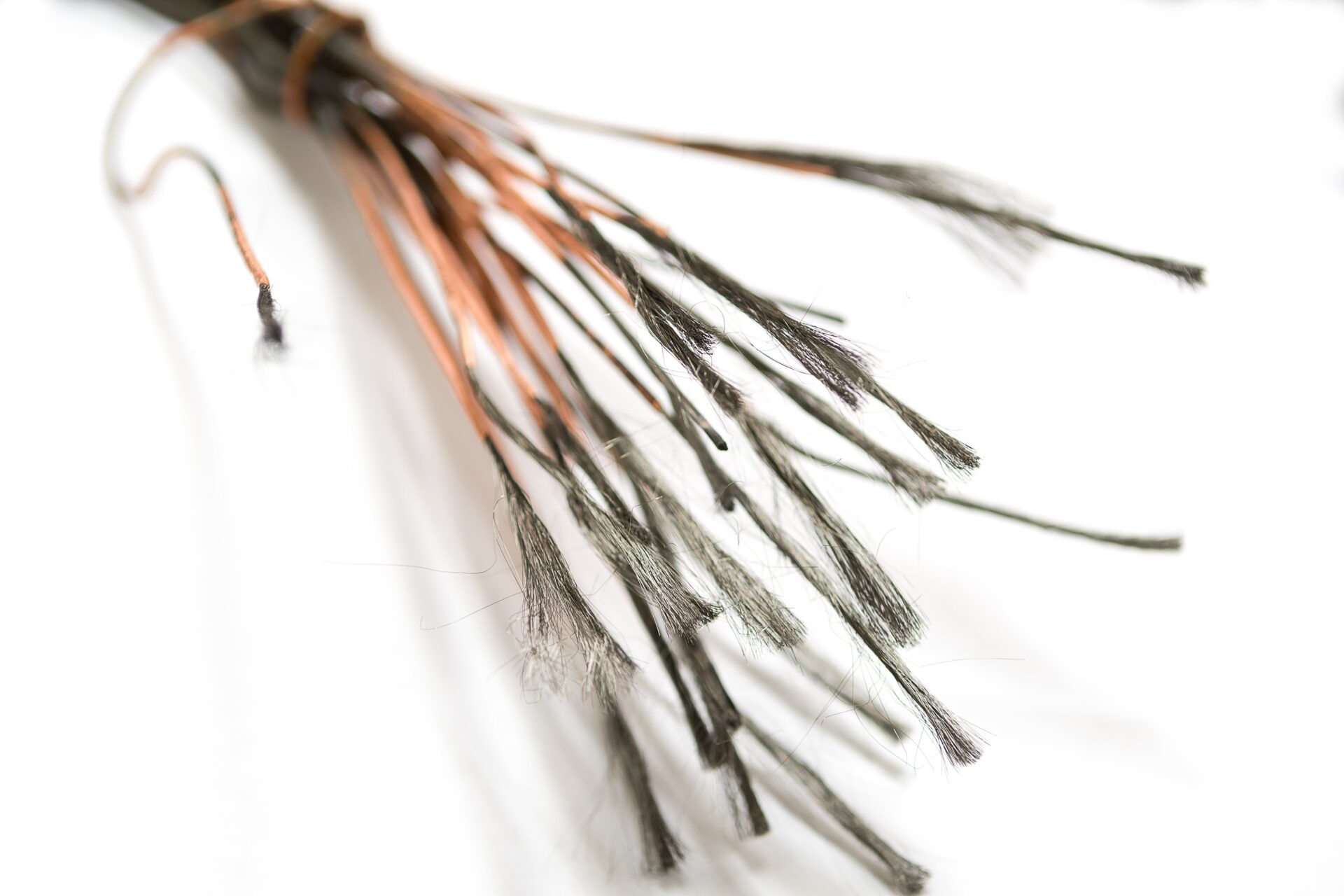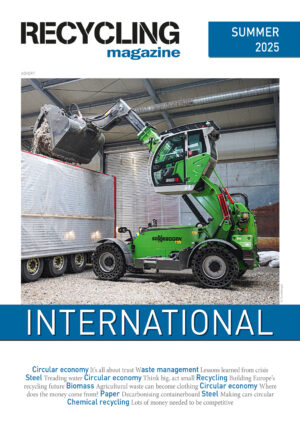Magnetic imaging requires an extremely strong magnetic field. For that reason, in the core of the imaging device there is a superconducting coil that is cooled with helium. This coil is sealed inside multi-layered metal chambers and cast in resin.
When old imaging devices from hospitals are recycled, everything that can be reused is carefully separated from them. Until now, the coil inside the resin block has been dismantled by flame cutting. Flame cutting is dirty work that produces a lot of smoke. The recovered copper is also quite impure.
Using Kuusakoski’s new recycling method, only the outermost case structures of imaging devices need to be dismantled with flame cutting. The coil and resin inside the machine are processed in a pyrolysis furnace. The coil’s copper wire is separated during this treatment. The wire also contains superconducting niobium-titanium conductors that have been rolled inside a copper wrap. They are also recovered.
“Niobium-titanium cannot be separated from copper with mechanical methods or by melting. That is why we developed an electrochemical production method. This method produces very pure electrolytic copper and niobium-titanium wire”, says Arsi Saukkola, who is responsible for R&D in Kuusakoski’s precious metals department. “The test production phase was a success, and now we are ready for actual production according to market demand.”
Kuusakoski will pick up old equipment from hospitals and recycle the materials.











